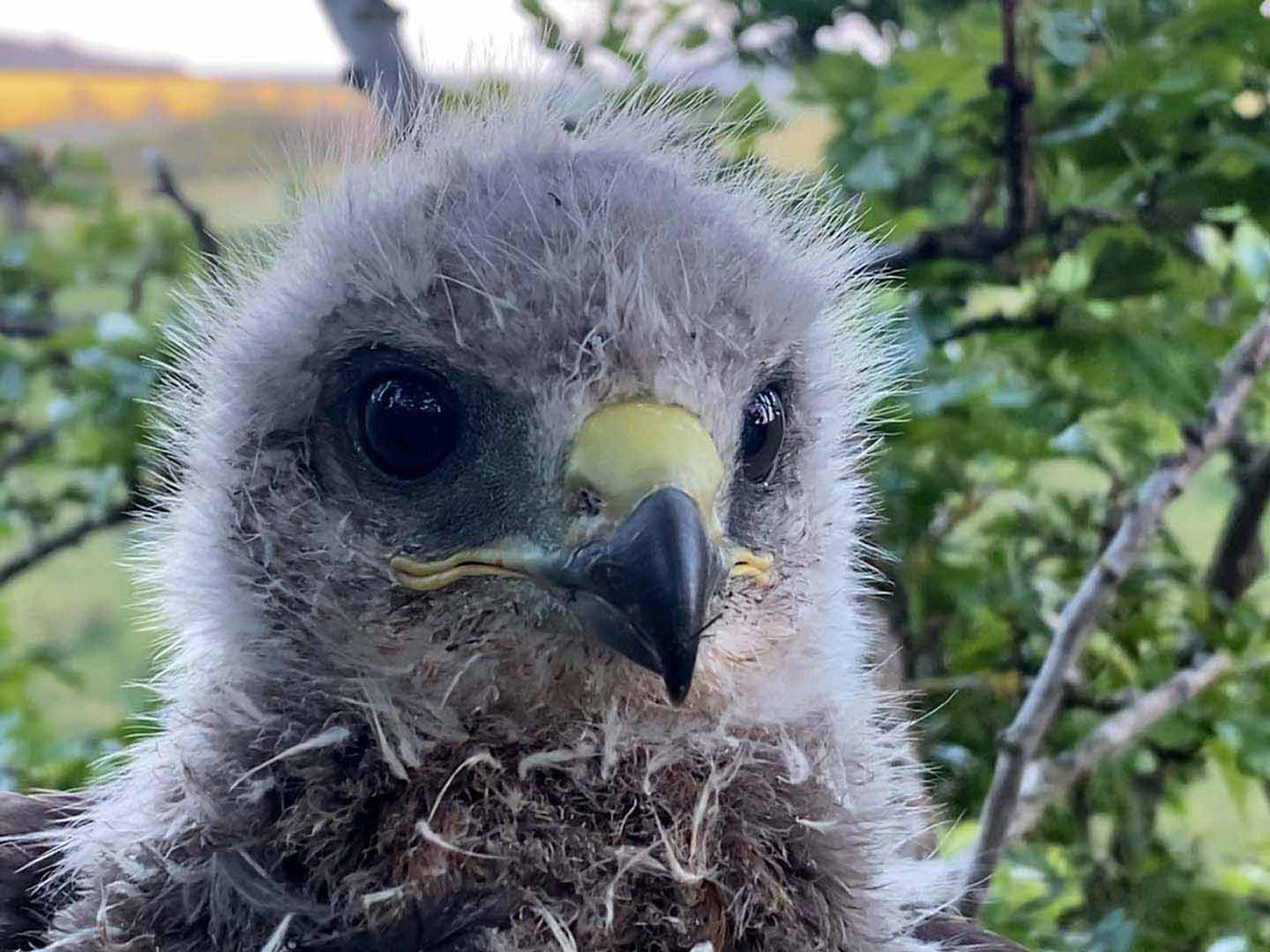Buzzard chicks grow up tough. Their nests are open to the wind and rain and if they drop their food from these high-up structures, it's gone forever. See how early trials turn these young birds of prey into resilient risk-takers, eager to be the first to fly and head out into the wild.
Buzzard id
Common buzzards (Buteo buteo) are found on almost every continent. They belong to the hawk family. In the US, the term buzzard is often used to describe vultures, which is not at all what this species is.
Open nest
Buzzards nest in dizzyingly-high tree tops in loosely-built structures made from sticks. This means that when the chicks are old enough to no longer need brooding, they are exposed to wind and rain storms. Also, as they get bigger, and begin to stretch their legs, there is little space in these open-structures and these chicks need to cling on if they are going to avoid falling.
Parent birds
The adult birds are very diligent parents. Once the chicks no longer need brooding, they stay close to the nest, bringing in a varied diet that includes small mammals, birds, and even lizards. The female is responsible for feeding the chicks and will tear up larger meals for the chicks.
Chicks grow up tough
These chicks can handle small prey items on their own from about four weeks. But life in an exposed nest is tough, and if one drops its meal there's no getting it back! This tough upbringing leads to a drive for independence. Just watch how the eldest chick is not afraid to take risks. It is quite a show-off too, jumping to the nearest branch and flapping its wings whilst its siblings look on.
Young vs old
Buzzard chicks hatch at three-day intervals, so there’s nearly a week between the eldest the youngest. By the time the eldest if 50 days old, it has left the nest.
First flight
I locate this juvenile buzzard in a tree nearby. It is incredible to see it exploring the world beyond the nest…… and it’s just beautiful to watch as it takes to the wing!
#buzzard #birdofprey #robertefuller














